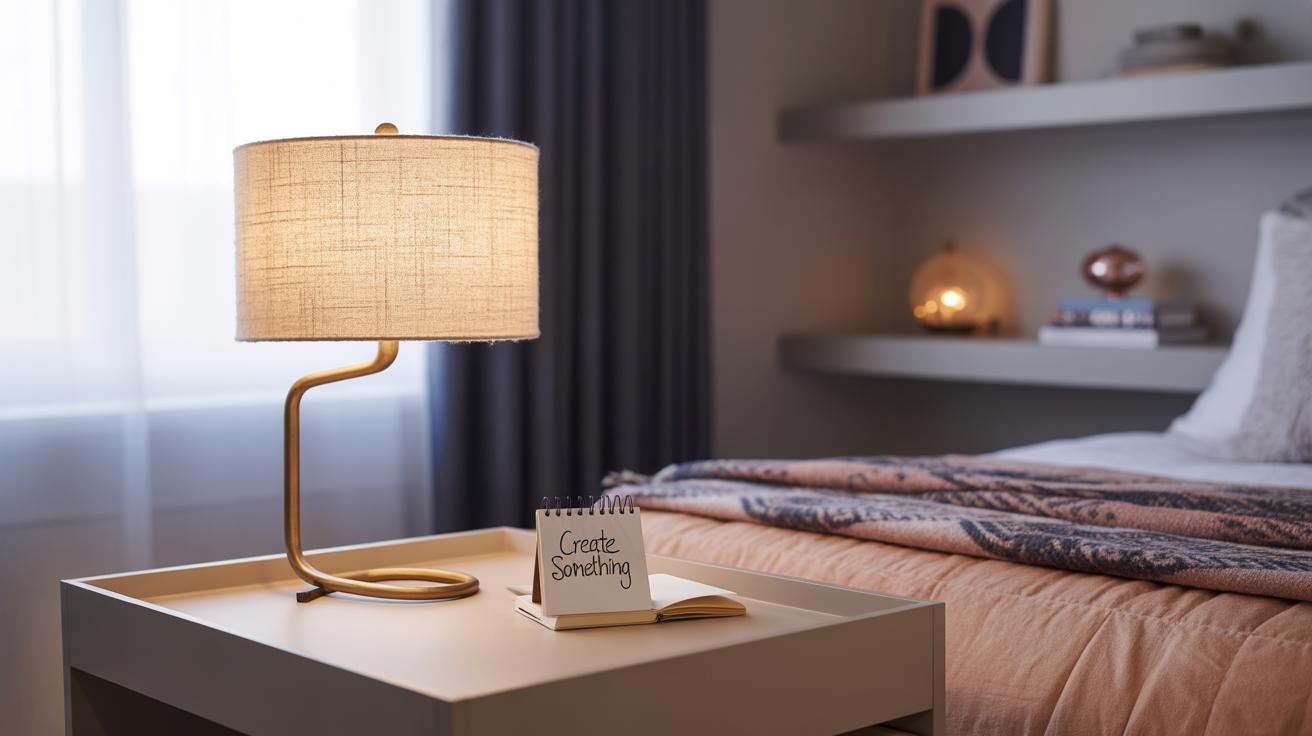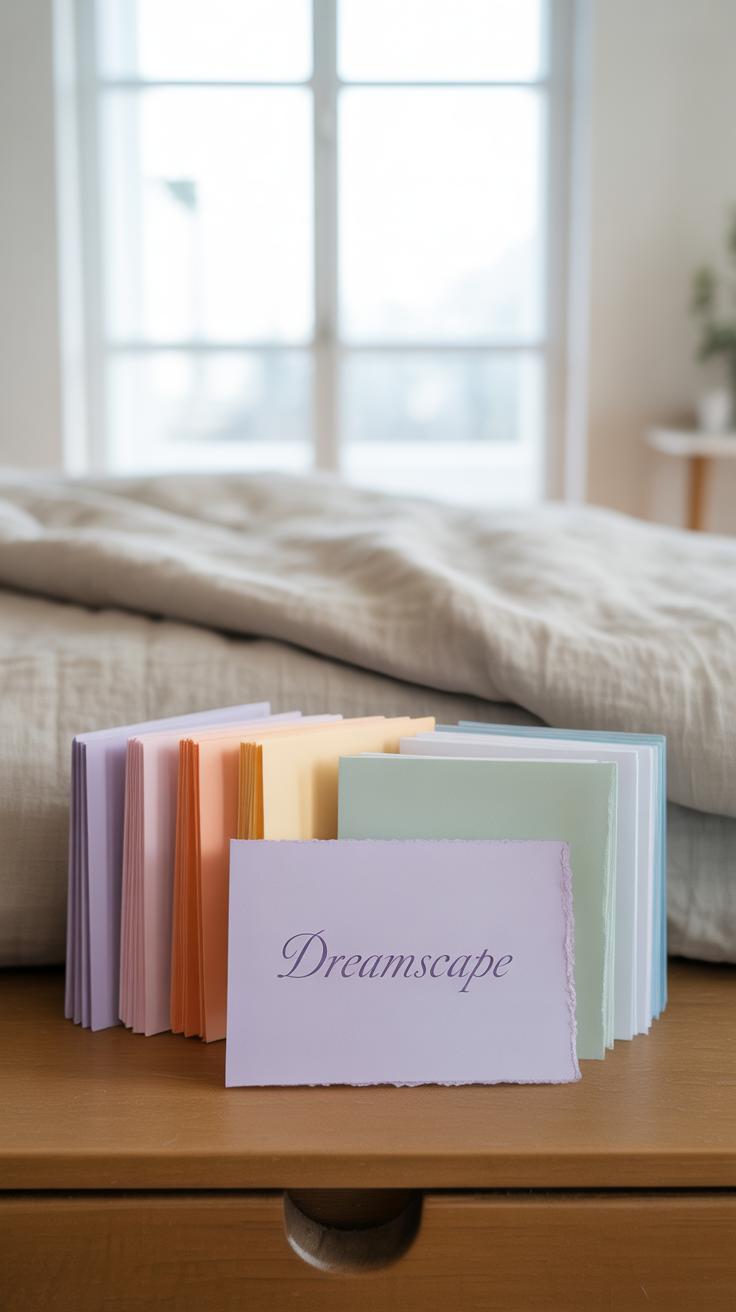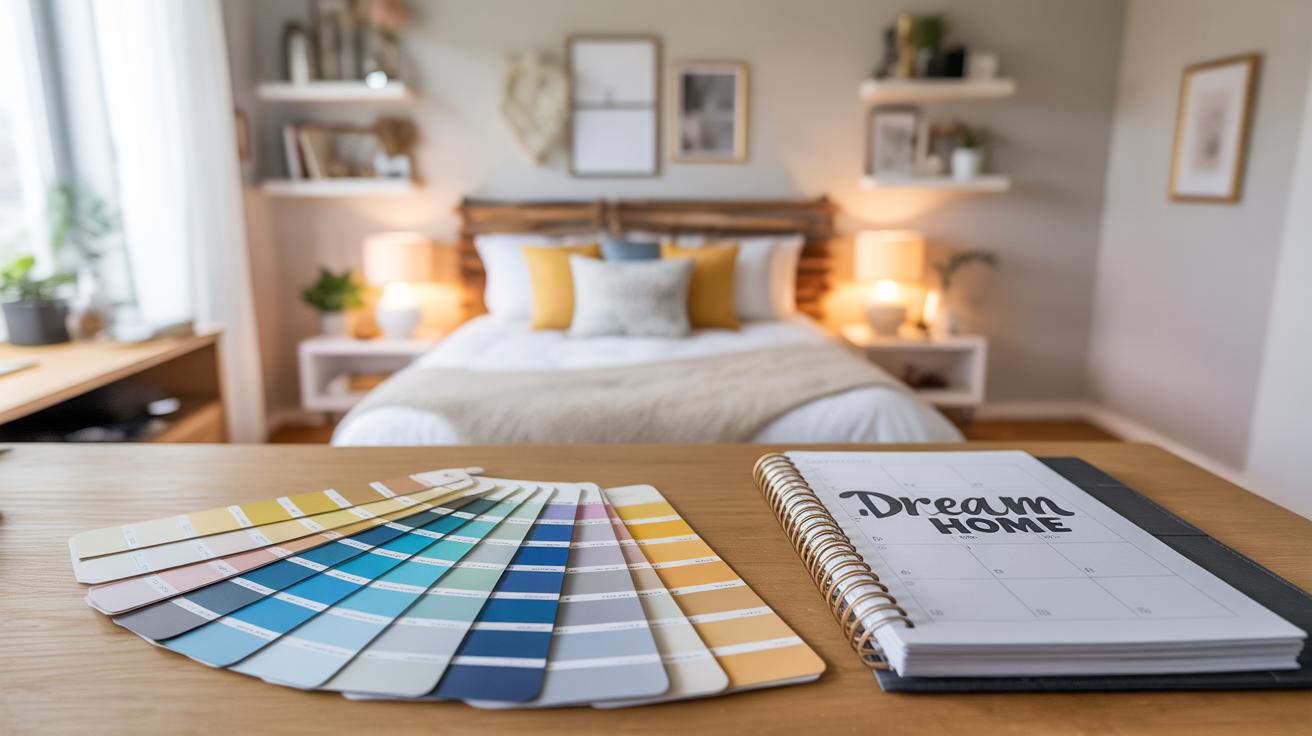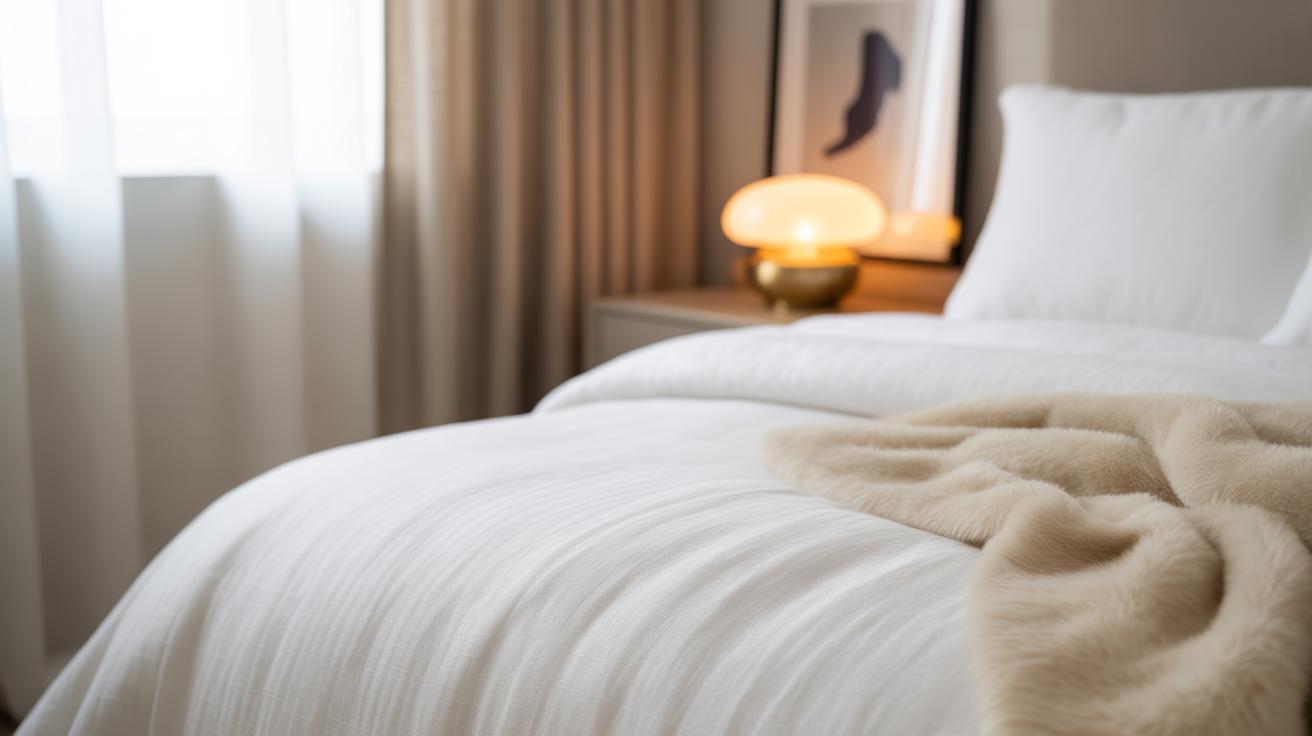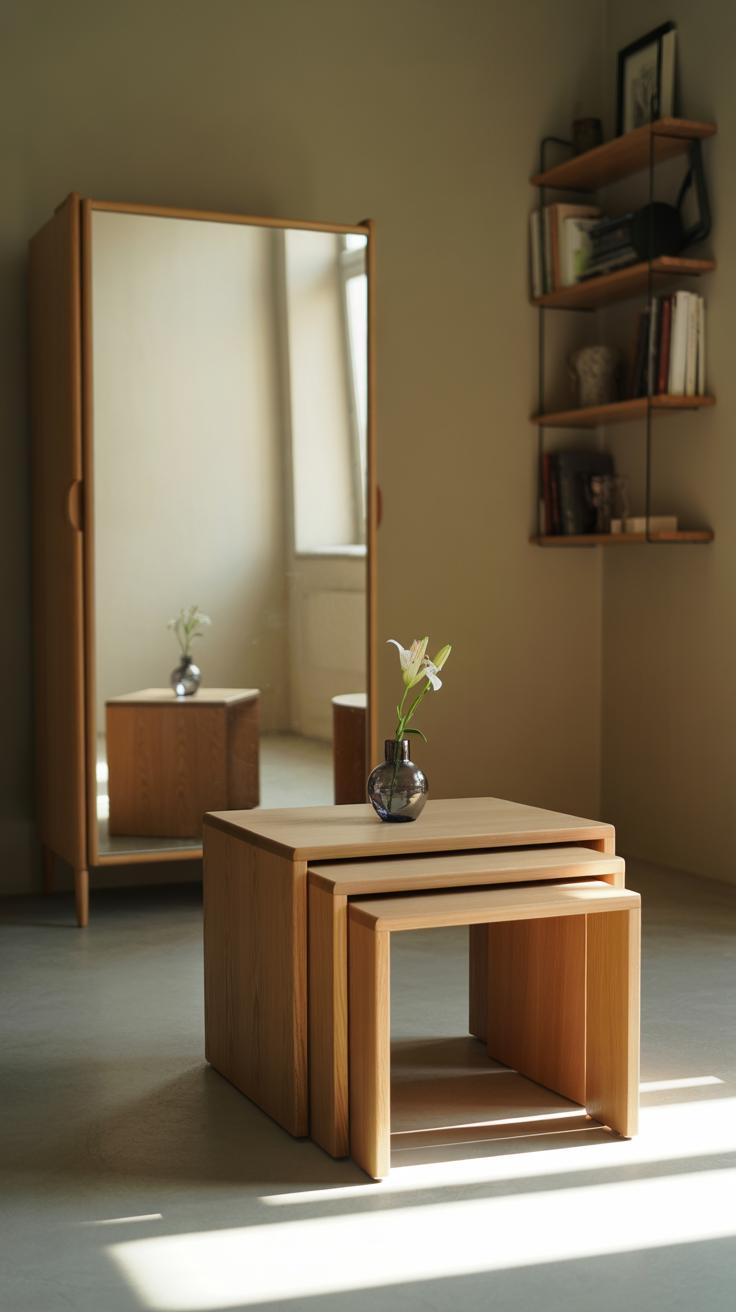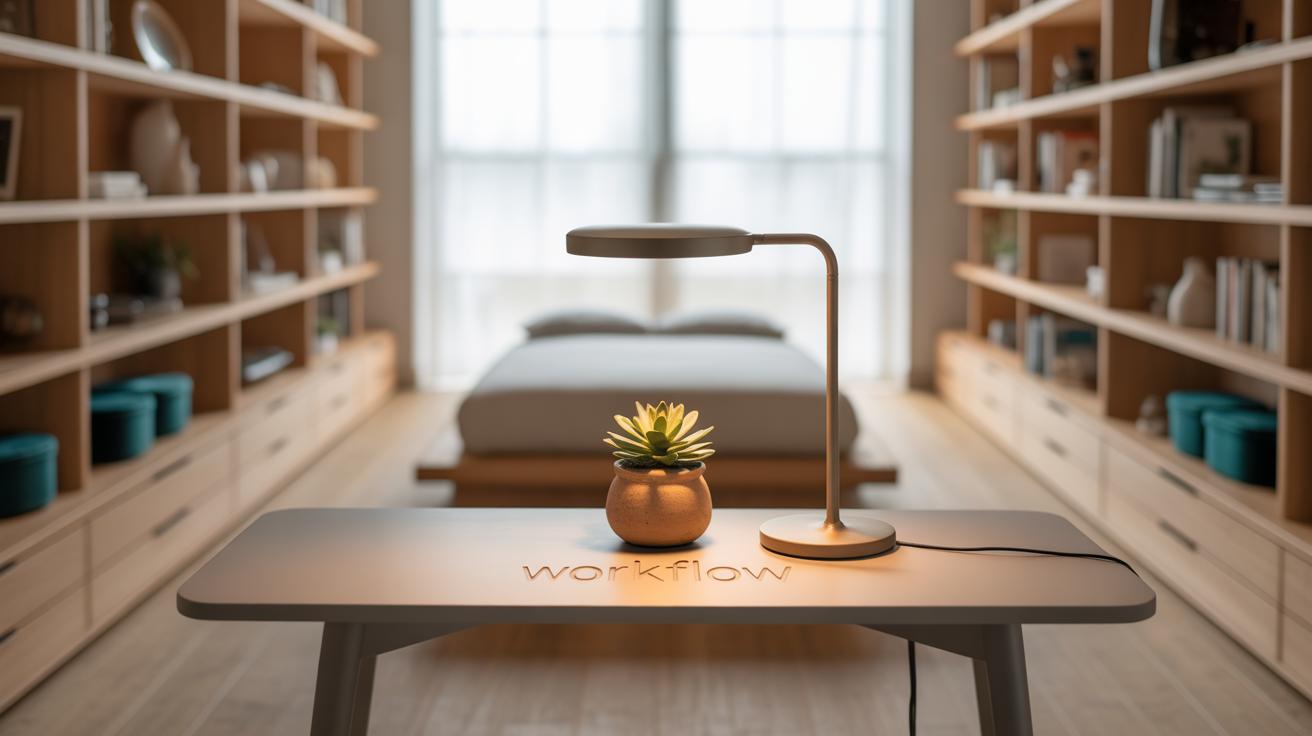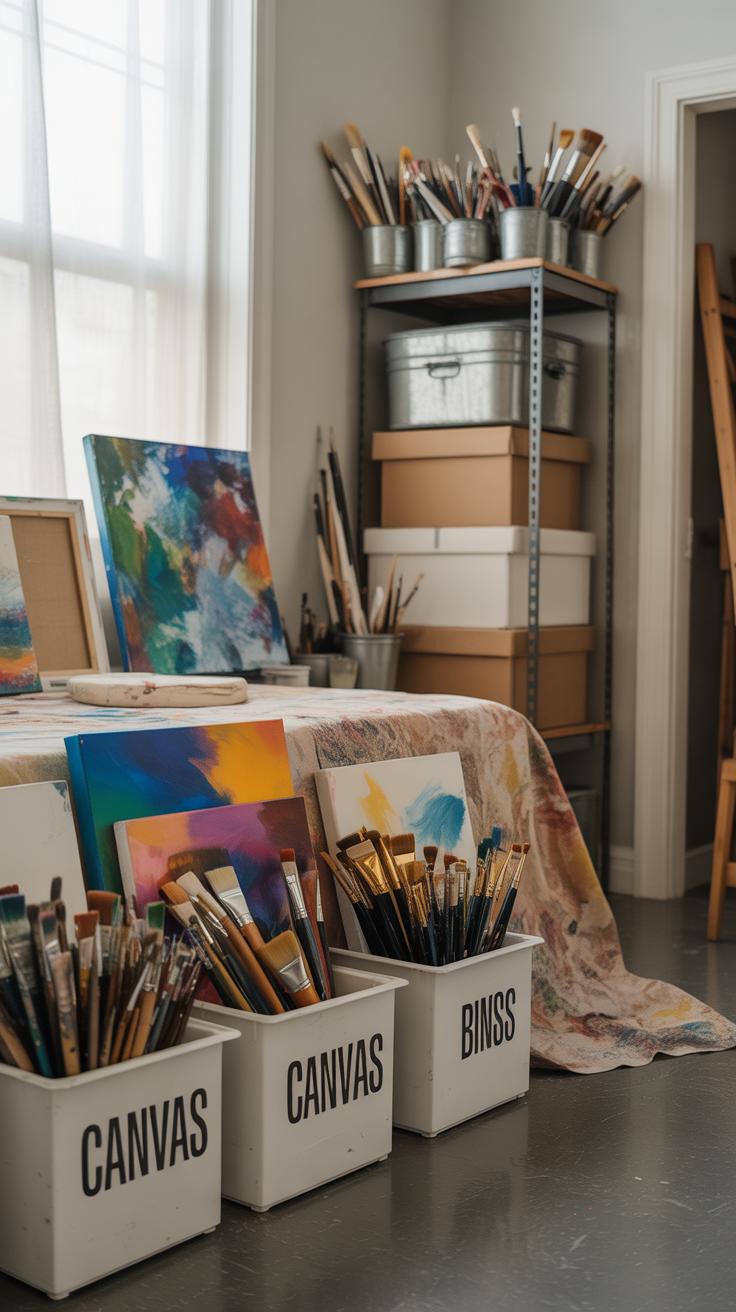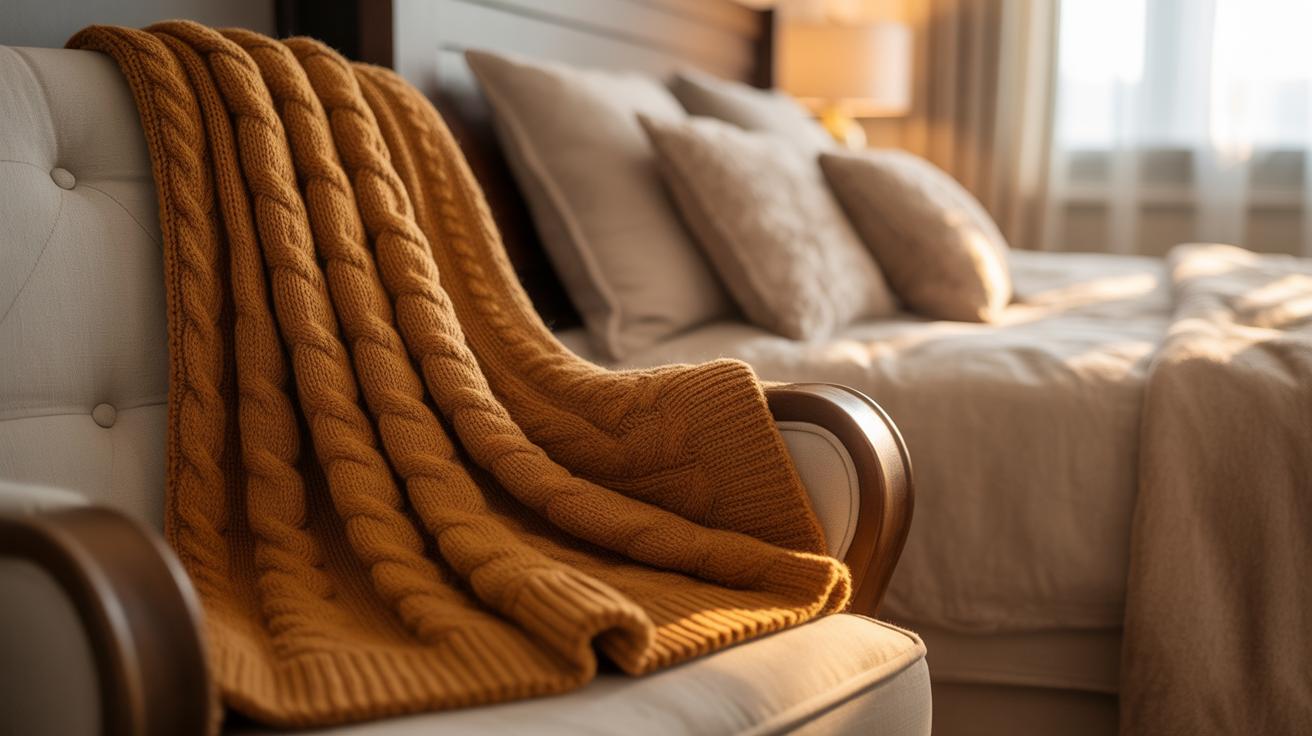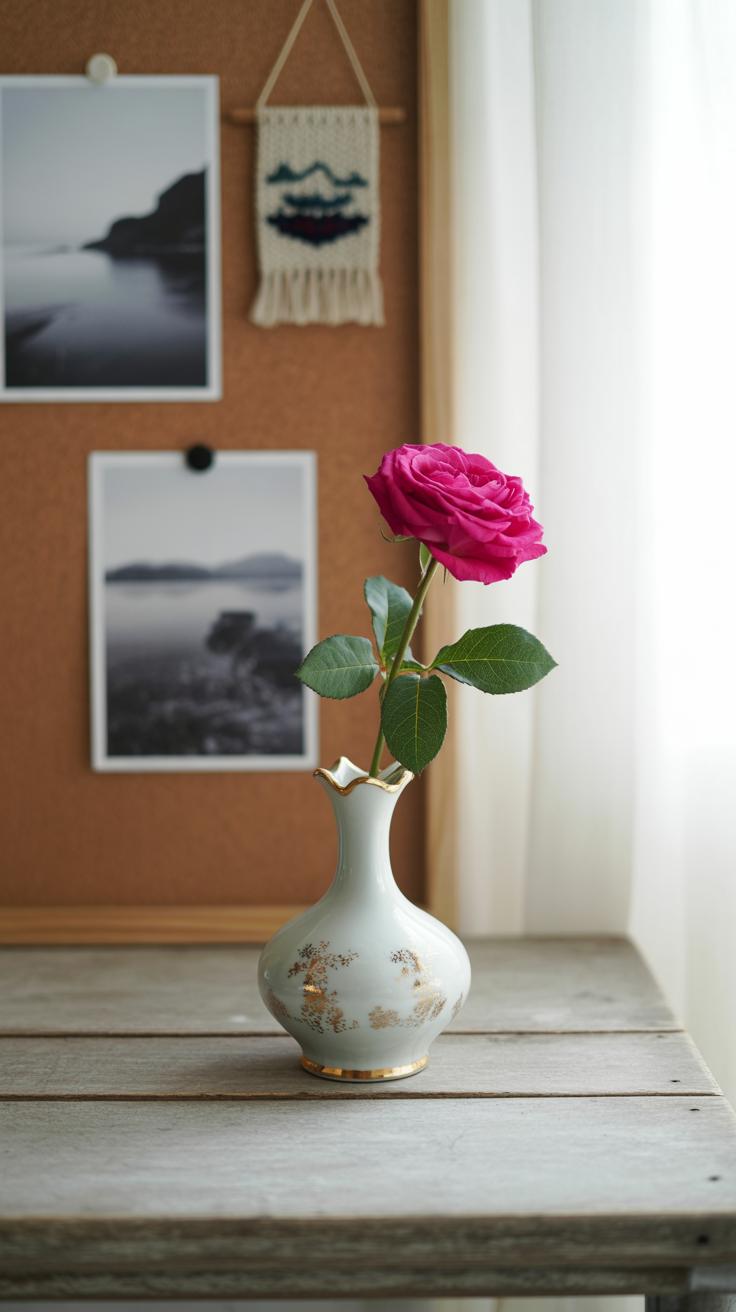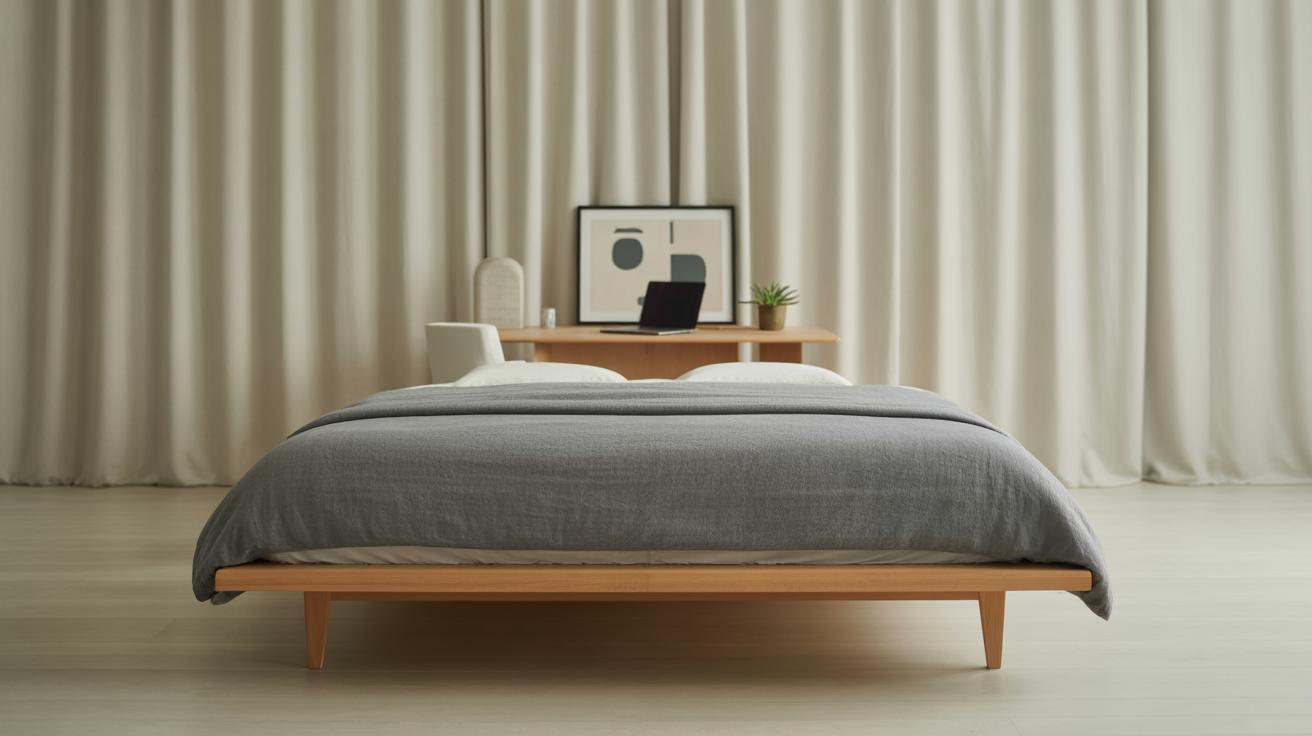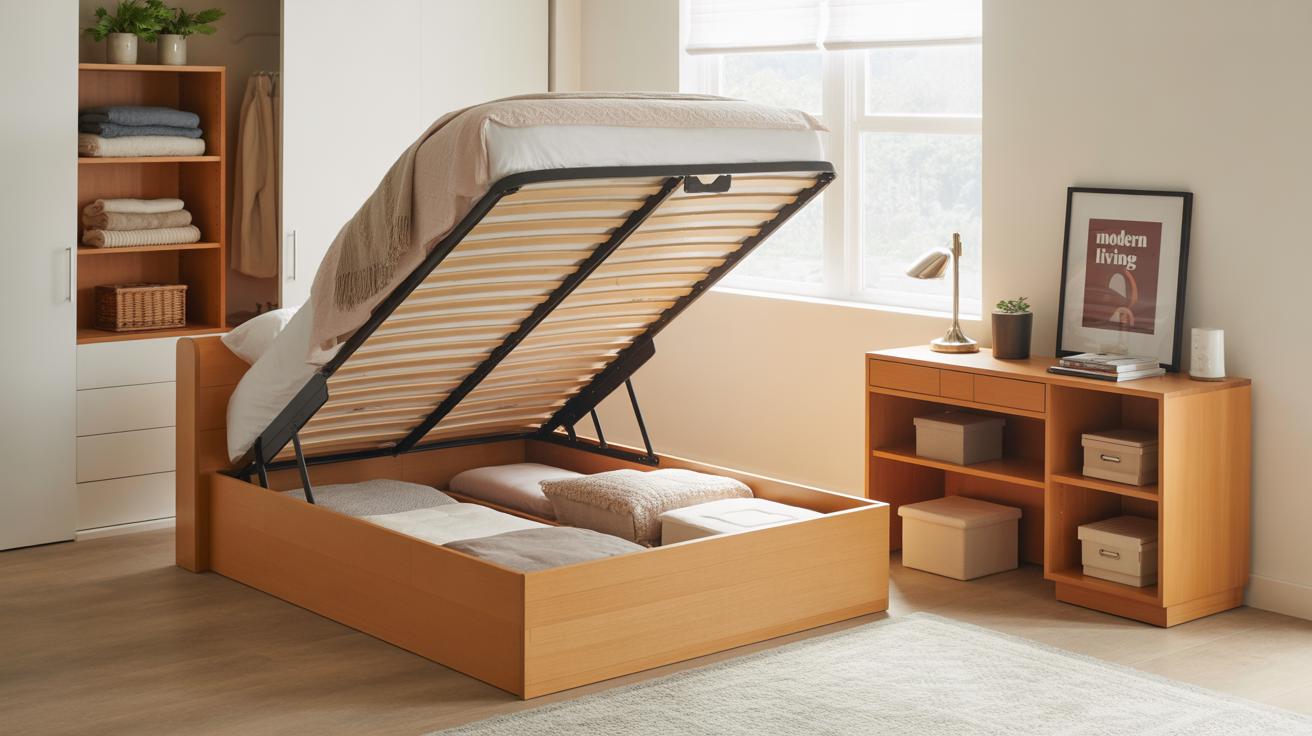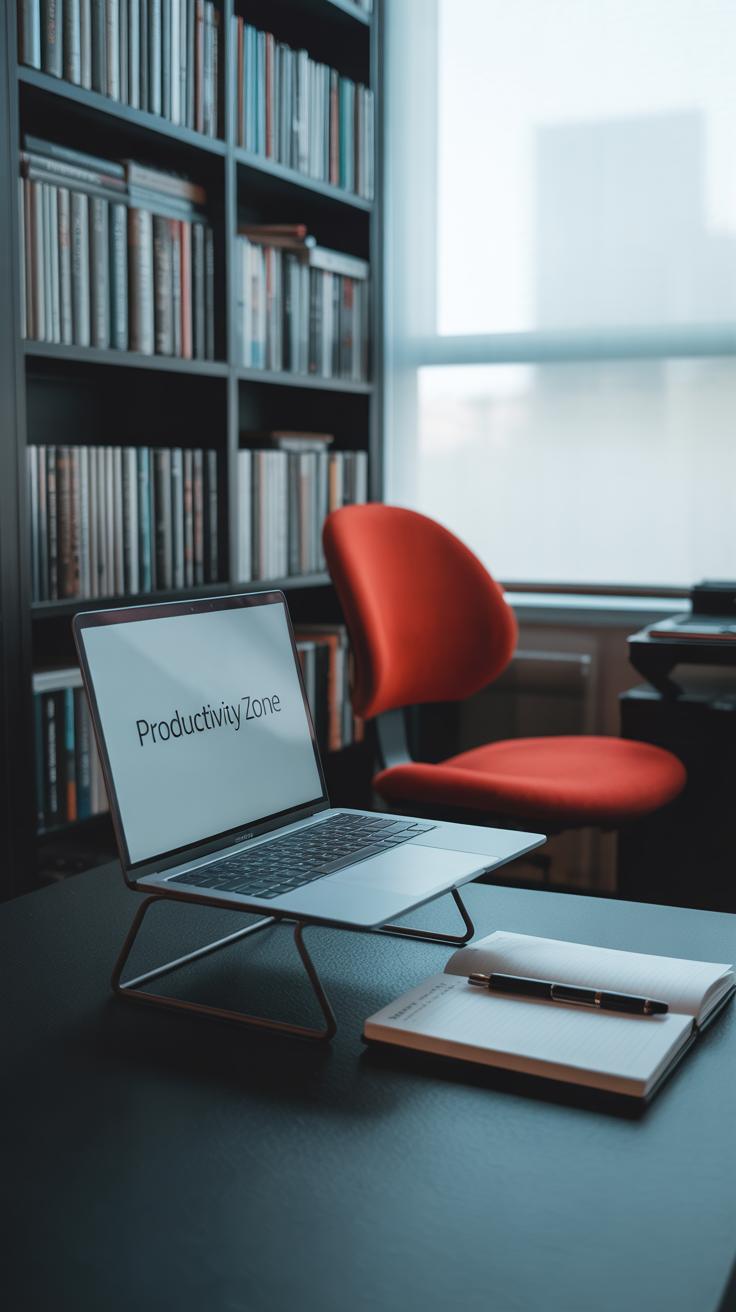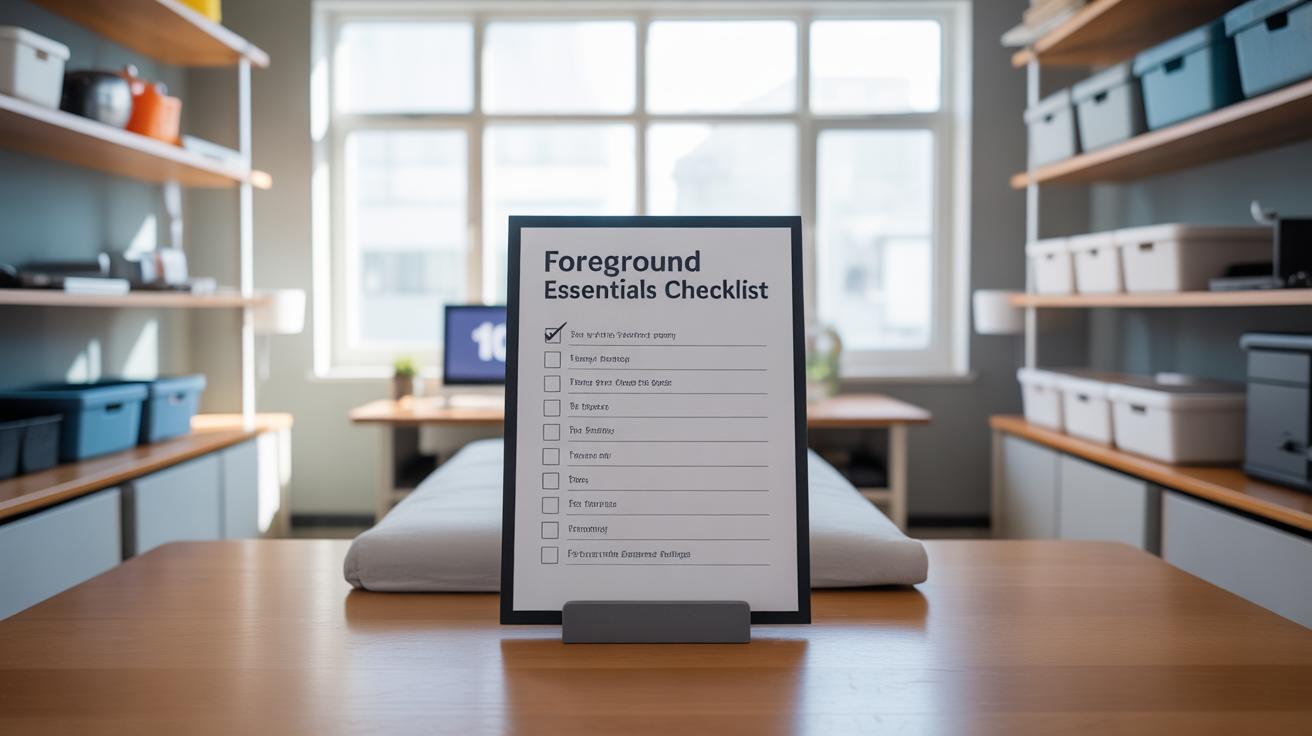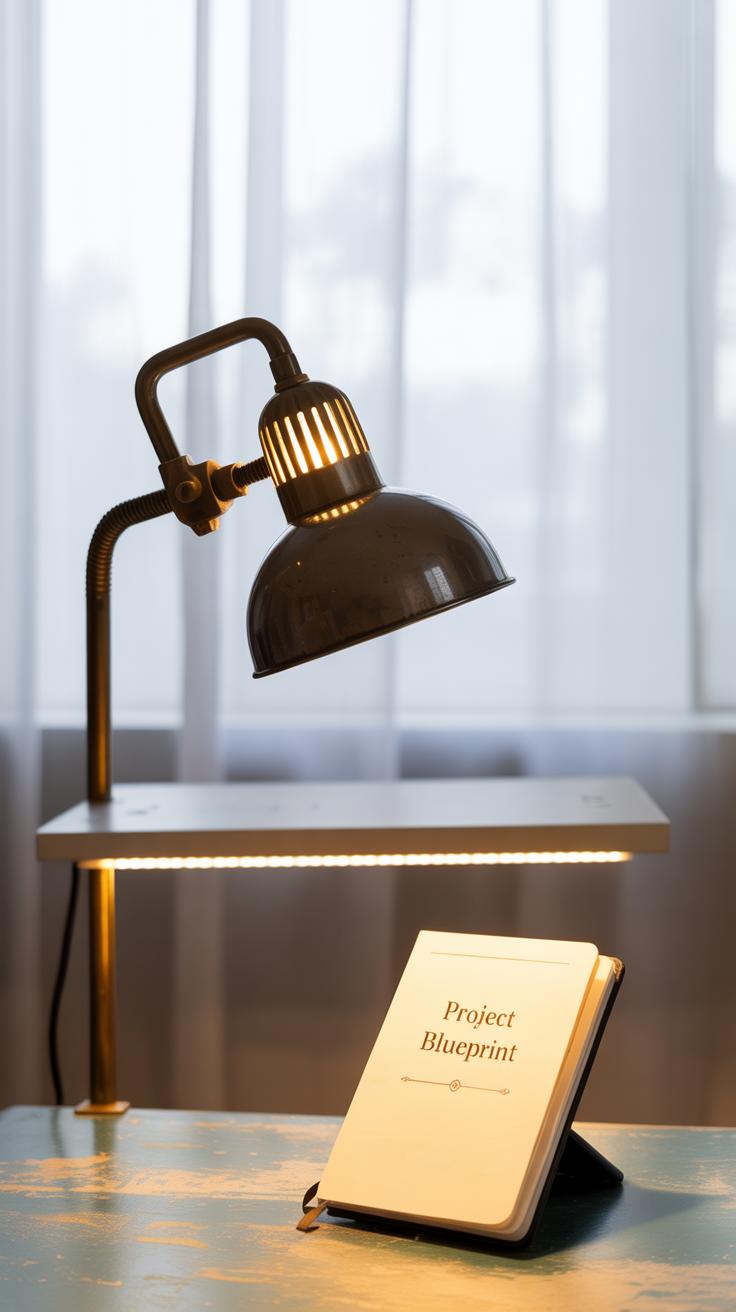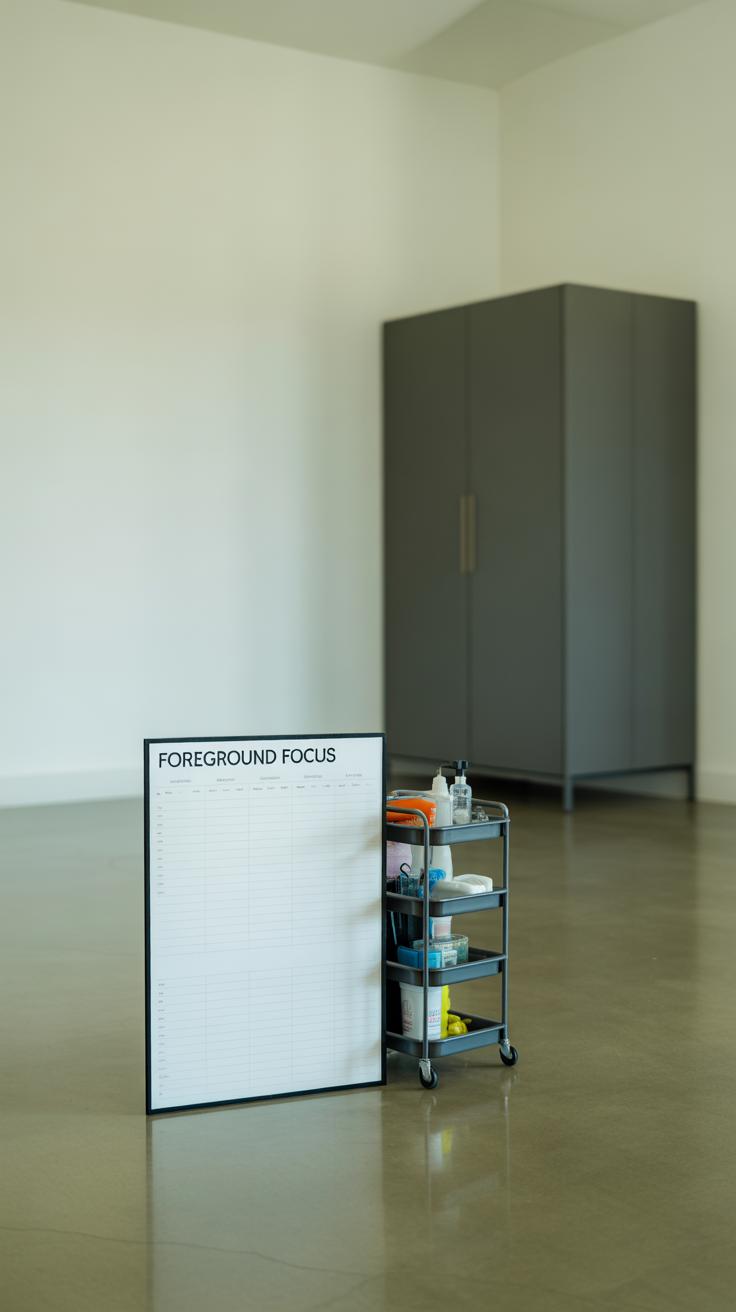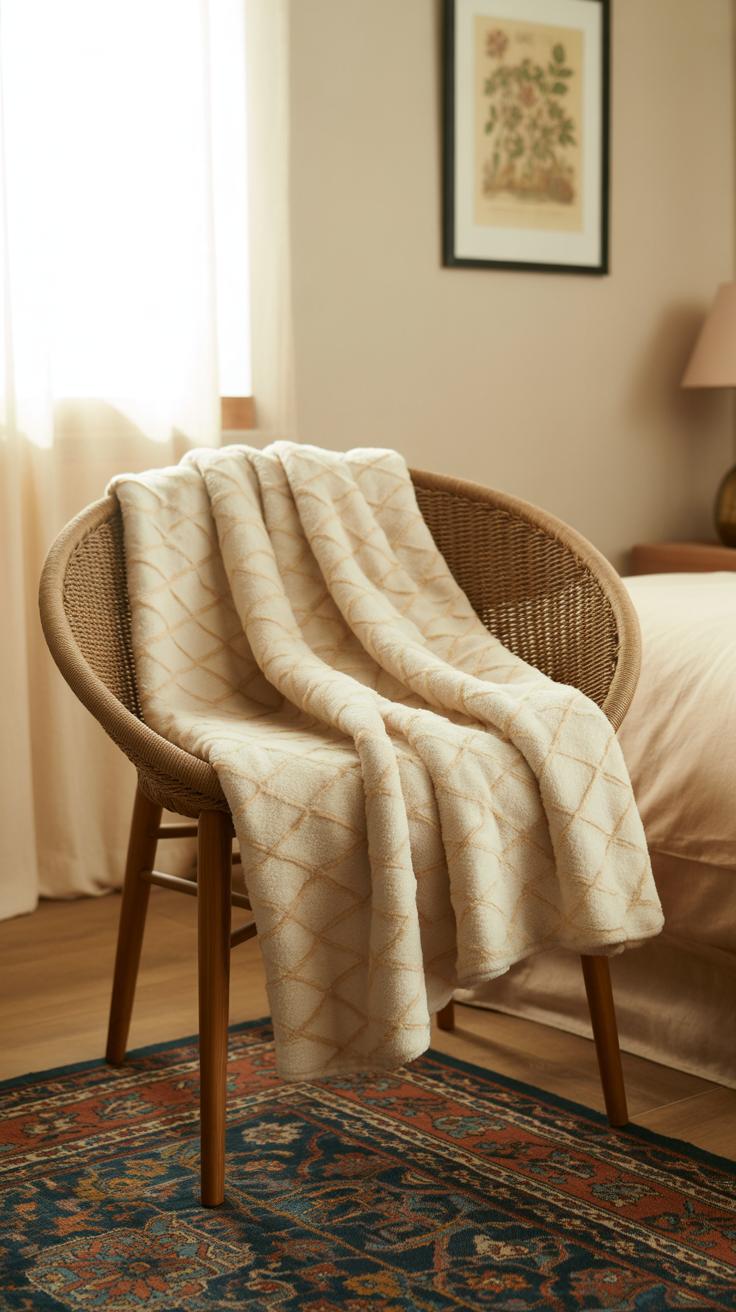Introduction
Your dorm room is your personal space during your college years. It may be small, but with the right ideas, it can be stylish and functional. Dorm Room Inspiration For A Stylish Small Space helps you turn a compact room into a cozy and efficient place. From choosing colors to layout, small touches can make a big difference.
In this article, you will find easy, practical tips and creative ideas to brighten up your dorm room. You’ll learn how to organize smartly, decorate simply, and use space wisely. This guide helps you create a dorm room that feels more like home and less like a cramped space.
Choosing the Right Colors to Brighten Small Spaces
When working with a small dorm room, color choice can make a surprising difference. Light tones—like soft whites, warm beiges, and gentle pastels—tend to open up the space visually. They reflect more light, which tricks the eye into seeing the room as larger than it really is. But just throwing some pale paint on the walls isn’t enough. You want to make those colors feel alive, not sterile.
Consider palettes that combine a warm cream or light taupe with subtle blush pinks or pale blues. They create a calming atmosphere without overwhelming the senses. I once saw a dorm where the walls were painted a creamy white, but the bedding and curtains brought in muted greens and lavender hues. It looked fresh and inviting, yet still spacious.
Light colors do more than just brighten—they reduce visual clutter by keeping things airy. That said, an all-white room might feel cold or unfinished. So layering various soft shades helps avoid that, giving depth without shrinking the perceived area.
Light Colors that Open Up Your Room
White paint tends to be the classic choice for small spaces, partly because it bounces natural light around the room. Still, stark white walls can feel a little too sharp, especially if the dorm lacks warmth elsewhere.
Beige or off-white tones soften the feel while keeping the brightness. Pastel shades—light mint, powder blue, or soft peach—offer color while maintaining an open vibe. They subtly bring personality without weighing the senses down. I’m reminded of a friend’s dorm painted in a light pastel yellow. It wasn’t just brighter but felt more cheerful, which mattered during long study nights.
Try painting just one wall a light pastel and keeping the others neutral to add a bit of depth without crowding the space. Also, matte finishes often work better than glossy because they reduce glare but still keep the room visually light.
Adding Color With Accessories
Rather than loading the walls or bulky furniture with color, it’s smarter to introduce vibrant pops through accessories. Think pillows, rugs, and wall art. These small touches bring life and your personal taste into the room without competing for space.
- Throw pillows in jewel tones or warm oranges can jazz up a neutral bedspread.
- A modest-sized rug with a bold pattern can define an area and add texture.
- Framed prints or posters with strong colors personalize walls but don’t take up physical space.
Adding color this way also gives flexibility. You can swap out accessories each semester. I’ve seen people completely change their room’s vibe just by switching pillow covers and art prints. That’s a neat way to keep things feeling fresh and avoid feeling boxed in.
Color and small spaces—do they really play nicely? Yes, when approached with some care. Light backgrounds keep your room open; curated color pops keep it interesting. It’s a kind of balance that only comes through a bit of trial—and a lot of walking around, squinting, and second-guessing.
Smart Furniture Choices for Small Dorms
Picking furniture that does double or even triple duty can really change how your dorm feels. When every inch matters, a simple bed with drawers underneath can hold everything from extra clothes to textbooks, clearing out closet clutter you didn’t know you had. Some beds even lift up, revealing a whole hidden compartment—kind of like a secret storage treasure.
Foldable desks can be lifesavers, too. When you don’t need to study, you can fold them back against the wall, instantly freeing up space for other activities. Compact chairs that tuck neatly under the desk or stack away easily help keep the room open and less cramped.
Try to arrange these pieces with floor space in mind. Push beds against the wall to open a central walking path, or place desks by a window to make the room feel less boxy. It’s tempting to fill every corner, but a bit of open floor can surprisingly boost comfort and ease of movement. Have you noticed how you feel in a room where you can actually walk around without bumping into furniture? It’s a small thing, but it makes a difference.
Some multipurpose furniture to consider:
- Beds with built-in drawers or lift-up storage
- Desks that fold up or can double as a vanity
- Ottomans with hidden storage space
- Compact chairs that stack or fold flat
Choosing the right combination might feel tricky at first. You want it to be both useful and comfortable, not just functional. And sometimes what works perfectly for one person’s habits doesn’t for another’s, so think about how *you* use your space first. That little thought can shift your entire setup.
Maximizing Storage Without Cluttering
Finding storage that works in a dorm room without making it feel cramped is tricky. Still, you can fit a surprising amount if you think beyond the obvious. Take under-bed storage—plenty of dorm beds leave a gap underneath that rarely gets used. Boxes or bins with wheels slide right in and hold clothes, books, or even snacks you don’t want on display. It keeps things out of sight but still accessible.
Wall shelves are another option that often gets overlooked. They keep surfaces clear and the floor open. Some people shy away, worried the room will look cluttered, but when arranged thoughtfully, shelves can actually give the space a cleaner look. You can group items by color, or store items you use less often higher up.
Storage bins, especially stackable ones, offer flexibility. You can tuck them away in corners or inside closets to create zones in the room. The kind with clear fronts is pretty handy—you see what’s inside without having to rummage around. Adding labels also makes a difference. You might not think this small step matters, but it really helped me keep track of things during finals week.
Then there are the hooks and racks on walls and doors. These keep everyday items like bags, hats, or headphones off desks and floors. Using vertical space means those things aren’t lost in piles. It’s like opening up room to breathe, yet with all your essentials close by. You might ask—doesn’t too much wall storage get visually overwhelming? I think it depends on the style and what you hang, but moderation is key.
Creative storage solutions can be surprisingly effective. Take hanging shoe organizers—they’re multipurpose and can hold much more than just shoes. In one, I once stored not only my footwear but also cleaning supplies, phone chargers, and even small snacks. Storage ottomans bring double duty as seating and hidden compartments. They offer a spot to sit without sacrificing space for things you don’t want scattered around.
Decorative Ideas to Personalize Your Dorm Room
Making your dorm room feel like your own doesn’t mean overcrowding the space. Instead, think of small touches that reveal your personality without clutter. Fairy lights, for example, add a cozy ambiance and are easy to string along walls or around shelves. They don’t take up space but can completely change the mood.
Posters are an old favorite, but they don’t have to be random or scattered. Try grouping a few prints or photos on one wall to create a mini-gallery. Use removable hooks or washi tape to avoid damage and keep things tidy. This way, your walls reflect your interests—music, movies, art—without feeling messy or overwhelming.
DIY Decor Projects
Crafting your own decor brings a personal touch and saves money. Simple projects like custom canvas art, painted jars for pens, or a string photo display add charm without bulk. I once made a garland from paper stars—super easy, and it brightened up the room instantly.
- Try painting small wooden blocks with patterns or quotes.
- Make fabric-covered bulletin boards for notes and reminders.
- Create your own wall calendar or planner using craft supplies.
DIY doesn’t have to be complicated or time-consuming. Even a few creative hours can transform bland corners into conversation starters.
Using Photos and Memorabilia
Photos and keepsakes connect you to home and memories. But in tight spaces, displaying these items needs a bit of thought. Instead of bulky frames, clip photos onto a wire grid or hang them with clothespins on twine. This keeps memories visible yet unobtrusive.
Memorabilia like ticket stubs, postcards, or small souvenirs can be stored in shadow boxes or clear jars. These take up little room and add personality without creating clutter. You might find that displaying a select few meaningful items feels better than a crowded shelf of things you barely notice.
What story do your photos tell? How can you show that in one neat spot? These questions help you keep your space personal but orderly at the same time.
Creating a Study Area That Boosts Focus
Setting up a study corner in a dorm room can feel tricky when space is tight, but it’s absolutely possible to carve out a spot that helps you concentrate and get work done. The key is to keep the area simple and free from clutter. Desk organization matters more than you might think. If your surface is covered with everything but the essentials, your mind will quickly wander. Try using small trays or containers for pens and sticky notes, so your desk stays clear and inviting.
Lighting plays a bigger role than many realize. A good desk lamp that mimics daylight reduces eye strain and keeps you alert, better than just a harsh overhead light. Placing your study corner near a window can help, but if that’s not possible, a focused lamp really makes a difference. I remember struggling with dim lighting once and felt sluggish until I switched to a brighter, adjustable lamp.
Distractions are everywhere in dorm life. If you find yourself losing focus easily, consider noise-canceling headphones or a small white noise app. Even rearranging your chair and desk to face away from the door or common areas can help reduce interruptions. Sometimes it takes a few tries to find what actually helps you zone in.
Choosing the Best Desk and Chair
Your desk doesn’t have to be large, but it should suit the work you do. A compact desk with just enough surface area for your laptop and a notebook often works best—it keeps you from piling on too much stuff. Desks with built-in shelves or drawers are handy, but only if you use them wisely. Otherwise, they become catch-alls for random items.
Comfort is something many overlook when picking a dorm chair. Sitting for hours calls for a chair that supports your back and encourages good posture. An adjustable chair is ideal, but if you’re stuck with a basic one, add a cushion or lumbar support to avoid discomfort—and distractions. I’ve learned the hard way that a hard, straight chair leads to fidgeting instead of focusing.
Organizing Study Supplies
Having your study supplies within reach but neatly stored helps keep your mind on the task. Small containers, drawer dividers, or even repurposed jars can hold items like pens, highlighters, and paper clips. Labeling these can feel excessive but makes a difference when you’re half-asleep trying to find something.
Consider vertical organizers for papers and notebooks to save surface space. I like stacking files vertically—it’s easier to grab what I need without knocking everything over. Also, a corkboard or small magnetic board nearby can hold reminders or important dates without cluttering your desk.
Ultimately, what works for one person might not work for another. So, test different layouts and organization methods. Your study space should feel inviting enough to want to sit down, but not so cozy that you get distracted. Finding that balance is the trick.
Lighting Tips to Enhance Your Small Space
Using Natural Light Effectively
Natural light can make a tiny dorm room feel more open, but sometimes it’s tricky to get it right. Positioning your desk or bed near the window usually helps you soak up daylight without blocking it.
Choosing light, sheer curtains instead of heavy drapes can have a big impact too. They let sunlight in while giving you some privacy—a win-win. If privacy isn’t a big concern, leaving windows mostly bare might make the biggest difference in bringing in brightness.
One thing I found, though, is that rearranging furniture too often to chase the light can get exhausting. So, maybe find a good setup early on and stick with it. Try to avoid placing bulky items that block the window; even small chairs or tall piles of books can cut off the flow of daylight.
Choosing Lamps and Lights
When natural light dips, your lamp choices shape how cozy and spacious your dorm feels. Instead of just relying on one overhead light, layering with a couple of well-placed lamps changes everything.
Desk lamps with adjustable arms are a practical must-have, especially those with warm bulbs. They give you focused light without yelling, “I’m here!” across the room.
Consider floor lamps or clip-on lamps as alternatives if your table space is tight. I tried string lights once—not just for decoration but also to add a gentle glow that doesn’t eat up any surface area. They’re surprisingly useful for ambient lighting, though they don’t replace stronger task lights.
Mixing different light sources helps keep the room from feeling flat or cramped. But it might take a bit of trial and error—what worked well during late-night study sessions might not suit a lazy afternoon reading spot. Does your dorm have dimmer switches? If not, lamps with adjustable brightness can make adapting to different moods easier.
Keeping Your Dorm Room Clean and Organized
Keeping your dorm room neat can feel like a chore, especially when space is tight. But having a simple routine makes a big difference. Try starting with just five minutes each day—put away clothes, toss out trash, and organize your desk. This stops clutter from piling up and makes weekly cleanups less overwhelming.
On a weekly basis, dedicate a bit more time for a quick sweep, wiping down surfaces, and vacuuming or sweeping the floor. It might sound tedious, but breaking tasks into small steps can make them feel less like a headache. Plus, a cleaner space often helps clear your mind.
Simple Cleaning Routines
Here’s a quick routine that almost anyone can stick to:
- Daily: Make your bed, put dirty clothes in a hamper, clear your desk, and gather trash.
- Weekly: Dust, vacuum, wash linens, and organize your drawers or shelves.
- Occasionally: Clean out your mini fridge, check for expired snacks, and wipe down your bathroom essentials.
These small habits might seem obvious, but they add up. And it’s okay if you miss a day or two—consistency over time matters more than perfection.
Decluttering Tips
Deciding what to keep and toss can get tricky when sentimental stuff is involved or if you fear needing something later. One approach is to ask yourself, “Have I used this in the past month?” If the answer’s no, consider donating or recycling it.
Keep things that serve multiple purposes or that you really enjoy. Clothes that don’t fit anymore or gadgets left untouched? Probably better off out of your room. Getting rid of excess helps everything else shine and makes daily cleaning less daunting.
Sometimes, it’s about being honest with yourself—keeping only what adds value makes the space feel bigger and less chaotic. And on those days when motivation is low, just focusing on clearing one surface or drawer can spark momentum.
Adding Comfort and Style on a Budget
Creating a cozy and stylish dorm space doesn’t have to drain your wallet. You can find plenty of affordable decor that refreshes your room without feeling generic. Think simple pieces like string lights, low-cost framed posters, or decorative plants from budget stores or online sales. These small touches can instantly change the vibe, making the room feel more lived-in rather than just a temporary stop.
Secondhand shops, flea markets, and even campus swap events are often overlooked treasure troves. I once grabbed a cute lamp and colorful cushions from a thrift store for just a few dollars each. It felt a little risky at first, but those finds brought genuine warmth to my corner. It’s about hunting for those imperfect gems that add personality.
If you like getting your hands a bit dirty, DIY projects might suit you well. Think simple photo collages made with spare craft supplies or stenciled pillowcases—these let you tailor things precisely to your taste without spending much. Plus, working on these small projects can be a nice break when you need a breather.
Adding comfort is often about layering textures rather than splurging on one big item. Soft blankets from discount stores, a few cozy cushions, and a small rug can transform a sterile space into somewhere you genuinely want to hang out. Don’t worry if the colors or styles don’t exactly match; mixing and matching can feel more personal. Why settle for dull when a bit of uneven charm can do the trick?
Have you thought about what makes your space feel like “yours”? It might be one colorful throw or a quirky mug on your desk. Those little pieces count far more than pricey decor. The trick is to let comfort and style grow naturally, even if it’s just one cozy addition at a time.
Conclusions
Decorating your dorm room does not have to be hard or costly. With the right inspiration, you can make a small space look stylish and meet your needs. Use light colors to open up your room. Choose smart storage to keep things tidy. Add personal touches to create a space that feels uniquely yours.
Remember, your dorm room is your place to study, relax, and recharge. Use the tips and ideas covered here to make the most of your space. This way, your dorm becomes a welcoming, neat, and inspiring place to spend your college days.

